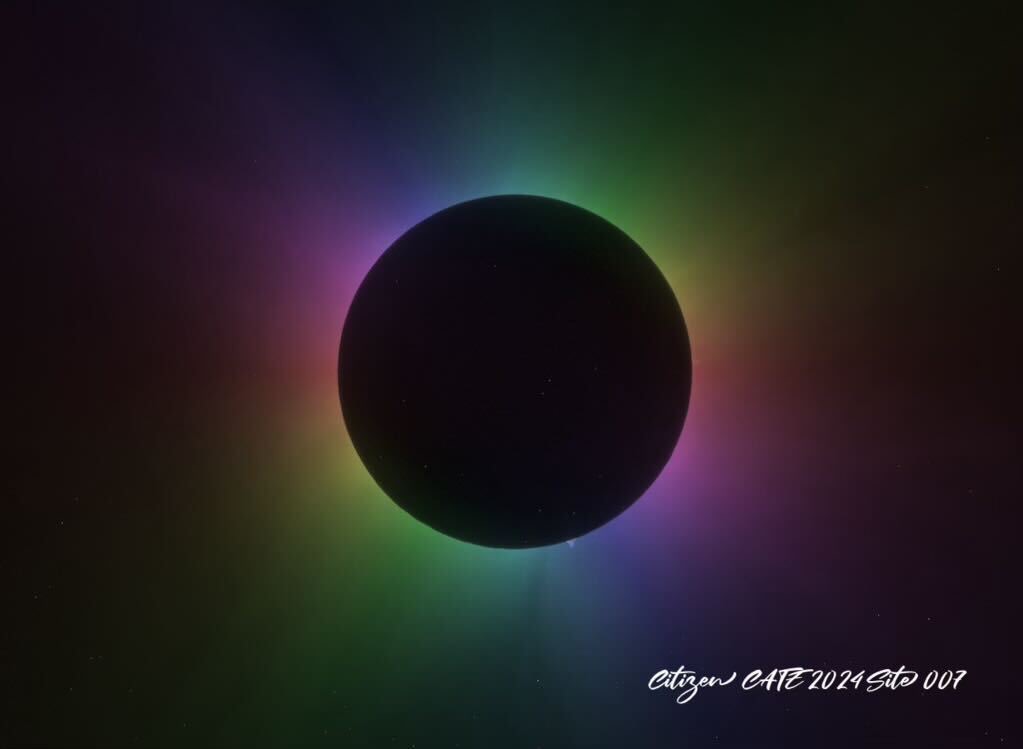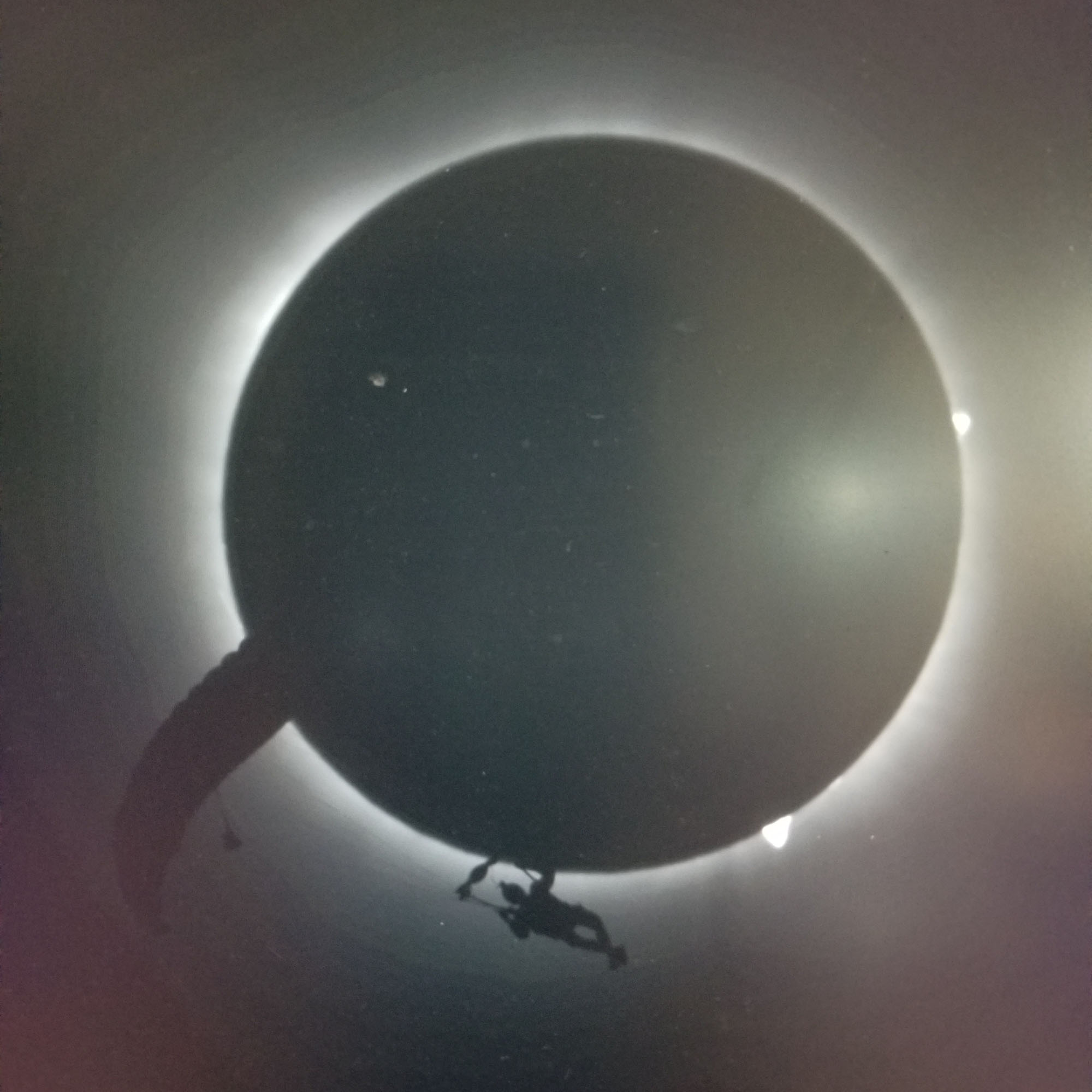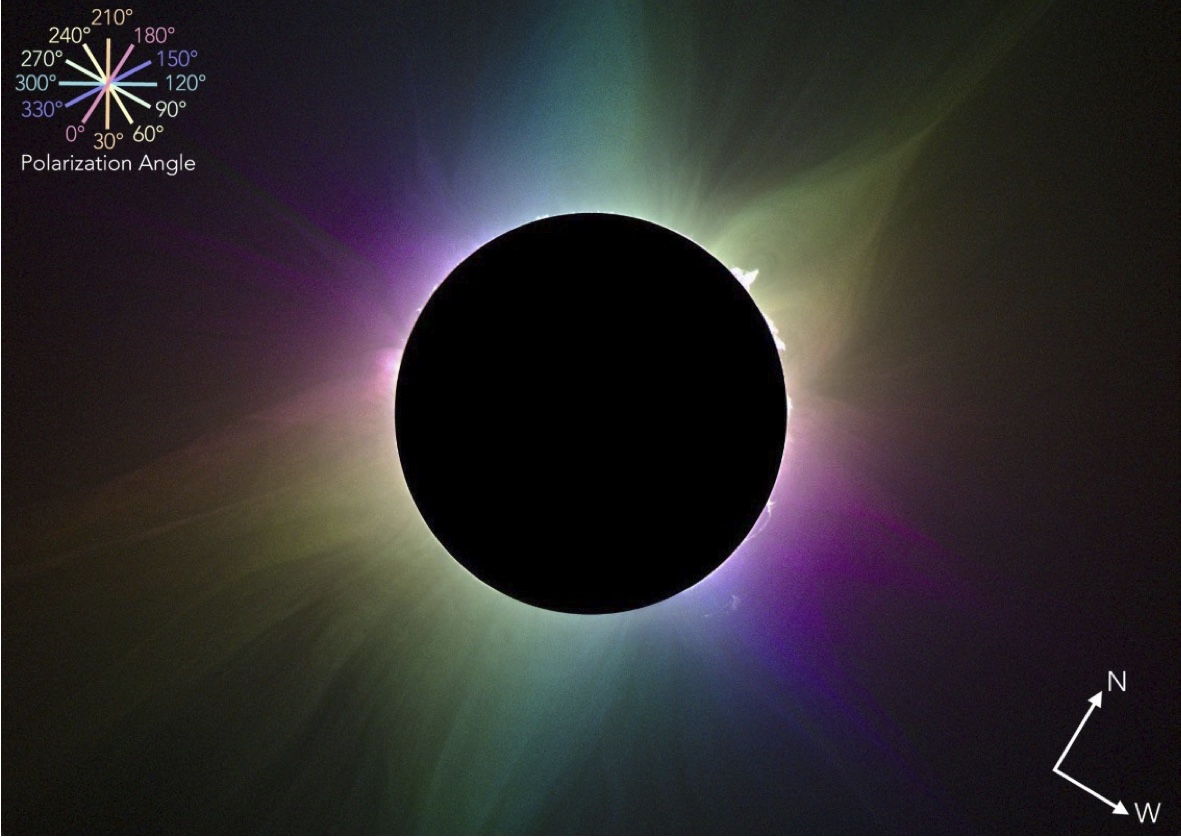
- Home
- CALENDAR of Shows & Events
- Education Resources
- Eclipses
- Citizen CATE Experiment
- Eclipse Activities
- Eclipse Animations
- Eclipse Equipment
- Eclipse Graphics
- Eclipse Media Coverage
- Eclipse Resources
- Eclipse Show "TOTALITY!"
- Eclipse Timeline
- Eclipse Training
- Lunar Eclipse FAQ
- Solar Eclipse FAQ
- Safe Eclipse Observing
- TicTacToe Game
- Past Eclipses
- Eclipse 2024
- Eclipse 2017
- May 26, 2021 [Total]
- June 10, 2021 [Annular]
- Mars
- Moon
- Apollo Anniversary
- Apollo Animations
- Artemis Animations
- Sundials
- Video Lectures
- Mailing Lists
- Outreach Programs
- Citizen CATE Experiment
- HEAT
- Software Training
- Current
- MMS Outreach
- Reach For The Stars! Festival
- 2025 Festival Info
- RFTS Exhibitors
- RFTS Archive
- Rice / HMNS Partnership "Firsts"
- Rice Campus Observatory
- W5YG - Ham Radio Club
- Previous
- CLUSTER Outreach
- CUWiP Meeting 2017
- Future Space
- IAO
- IMAGE Outreach
- Programs for Teachers
- MST Program
- Space Weather
- Space Weather : Forecast
- Space Weather : Realtime
- Space Weather : Resources
- Space Science at Rice
- SPAC Alumni
- Rice Physics & Astronomy
- Rice Space Institute
Contact Information
Dr. Patricia Reiff | reiff@rice.edu
(713) 348-4634
Rice Space Institute, MS-108
Rice University
6100 Main Street
Houston, TX 77005-1892
Citizen CATE
The Citizen CATE (Continental-America Telescopic Eclipse) Experiment aims to capture images of the inner solar corona using a network of more than 60 telescopes operated by citizen scientists, high school groups and universities. CATE is currently a joint project involving volunteers from more than 20 high schools, 20 universities, informal education groups, astronomy clubs across the country, 5 national science research labs and 5 corporate sponsors. The goal of CATE is to produce a scientifically unique data set: high-resolution, rapid cadence white light images of the inner corona for 60 minutes.
For the Citizen Continental-America Telescopic Eclipse (CATE) Experiment 2024, scientists, students and volunteers will track the Sun using 35 identical telescopes, software and instrument packages spaced along the 1,000 mile path of totality. Each site will produce more than 1,000 images. This celestial event will begin with a partial solar eclipse and culminate in about 4 minutes of totality. As the Moon’s shadow passes from west to east, each telescope in the Citizen CATE constellation will be ready to take up the observation as the shadow appears on the horizon. The resulting dataset will consist of an unprecedented 60 minutes of continuous, high-resolution, and rapid-cadence images detailing the Sun’s inner corona – a region of the solar atmosphere typically very challenging to image. Each image has polarization data, so that we can unfold the three-dimensional structure of the corona. Although clouds plagued the southwest, many of the sites got good data which is now being analyzed.
Dr. Reiff is the regional coordinator for the southwest US (Texas/Oklahoma/Arkansas) and helped enlist volunteers both as "state coordinators" and as observing teams, to observe from specific locations along the center line for maximum coverage.
For more information on our 2024 citizen science program and upcoming events, join on our "eclipse" email list.
LINKS
- Citizen CATE 2024
- Citizen CATE at The National Solar Observatory
- Eclipses & Citizen Science - NASA Citizen Science Project
2024 RESULTS

This image was taken by the “Citizen CATE” team 7, using quick-look color coding. The image is color-coded by the polarization of the light from the corona. Since the light is polarized perpendicular to the local magnetic field and the field is nearly radial, the colors across the sun from each other are nearly the same. (The detailed differences will tell us about the Sun’s corona!) The science team will be collating all the CATE images to reveal the corona's changes as the shadow passed across the US.

This image was taken by the “Citizen CATE” team 15. As they were imaging the corona, they were "photobombed" by a hang-glider. It would be fun to see their video!!
2023 RESULTS

This image was taken by the “Citizen CATE” eclipse expedition to Exmouth, WA, April 20, 2023. The image is color-coded by the polarization of the light from the corona. Since the light is polarized perpendicular to the local magnetic field and the field is nearly radial, the colors across the sun from each other are nearly the same. (The detailed differences will tell us about the Sun’s corona!)
